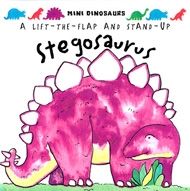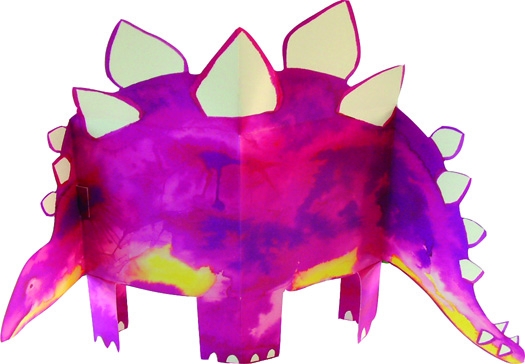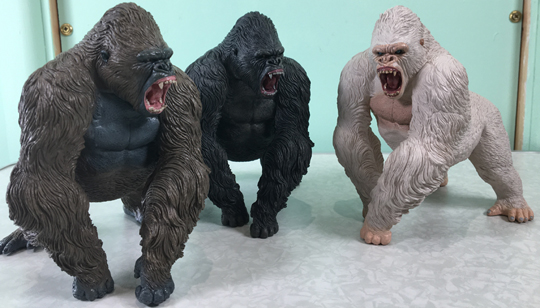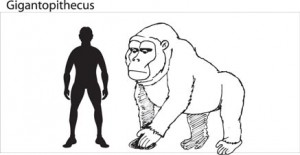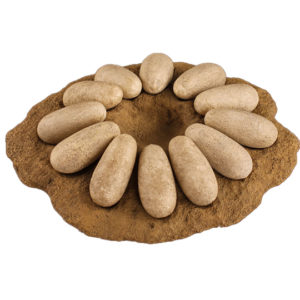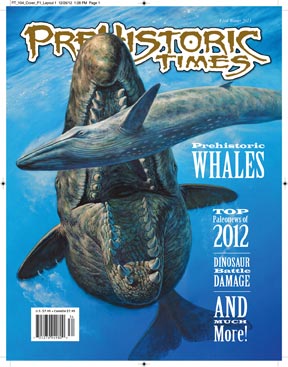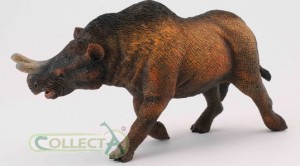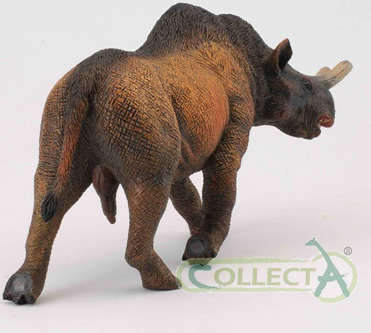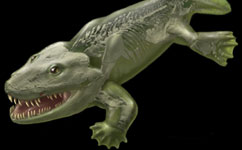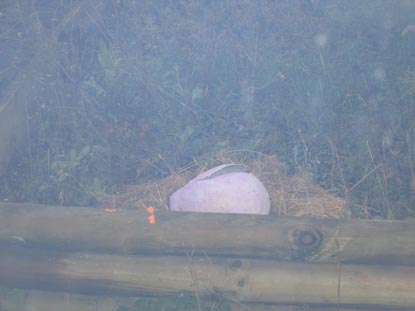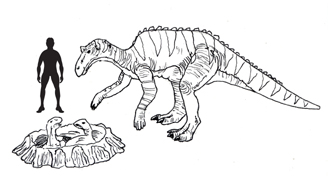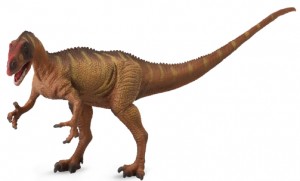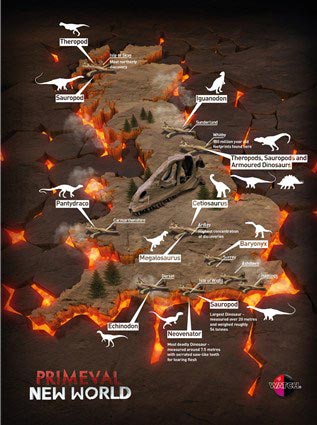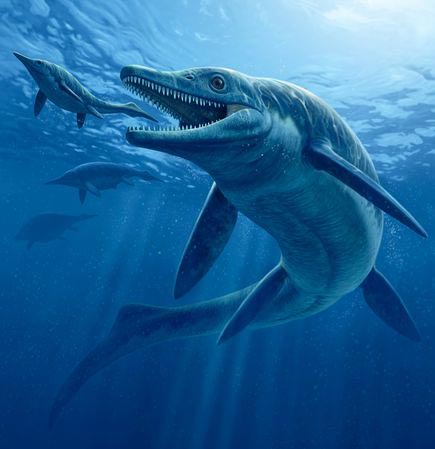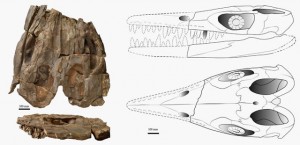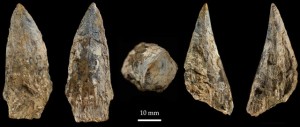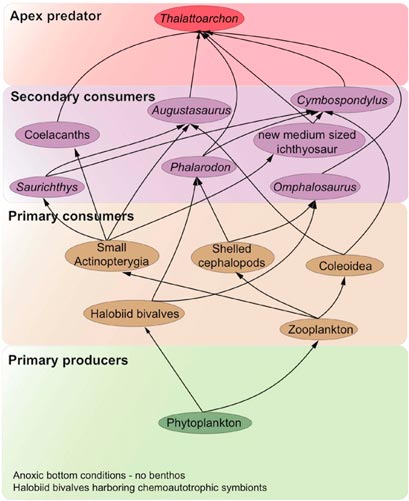New Mini Dinosaurs Stegosaurus Dinosaur Book Reviewed
A Review of the Mini Dinosaurs Stegosaurus Dinosaur Book
It is often quite a task to find a suitable dinosaur book for kids, when looking for something to help them with their reading. Many parents try to encourage young children to develop a love of books by encouraging them to read books about subjects that they have a natural affinity for. Many children under three years of age develop an interest in and a fascination for dinosaurs and other prehistoric animals, so finding a book about dinosaurs aimed especially at their age group can be a real boon for parents.
Dinosaur Book
The Mini Dinosaurs Stegosaurus book is a delightful little hardback that ticks all the boxes as far as parents and very young dinosaur fans are concerned. After all, a book that features a purple Stegosaurus is bound to be well received by very young palaeontologists.
The Mini Dinosaurs Stegosaurus Book
Picture credit: Everything Dinosaur
This book is part of a set of dinosaur inspired books all aimed at children from approximately three years of age and upwards. As the pages are turned a question about the dinosaur Stegosaurus is presented. The text is printed in a very clear, large, black font so very young children can easily make out the words and work out what the sentence is. Parents and grandparents can read through the book with their young charges, turning the pages to discover what questions are being posed about this particular armoured dinosaur from the Late Jurassic. The answers can be found by lifting a flap, part of the animal’s body such as the plate covered back, the legs or the famous tail with its set of spikes on its end.
A Book for Very Young Dinosaur Fans
The adult can read through the book with the child, lifting the flap to reveal the answer to the question posed on that page about Stegosaurus. For instance, one of the questions presented is why did Stegosaurus have big feet? By lifting up the front leg of the picture of the Stegosaurus on that page, the answer is revealed. There is even a little more information to be found on the inside face of each answer flap, this helps the grown-up to explain the answer to the child and provides some facts about Stegosaurus to support the information given.
The bright purple, friendly Stegosaurus certainly appeals to very young children, and the tough hardback cover means that the book can be wiped clean should any sticky hands touch it. The spine of the book is quite thick and this makes it easy to grip, especially helpful when young children try to use the book on their own. Best of all, in the final section of this book there is a large, purple Stegosaurus cut-out for the children to unfold. By pulling the middle portion of the Stegosaurus drawing towards them and unfurling the tail a large stand-up drawing of a Stegosaurus is revealed.
Lift and Fold to Reveal the Cut-Out Stegosaurus
Picture credit: Everything Dinosaur
The book has been carefully thought about by the design team and the publishers and it makes an ideal “my first dinosaur book” for a budding dinosaur enthusiast. The simple layout and easy to read text will encourage children with their reading and word recognition and the fun questions and answers are based on what scientists think they know about this long extinct member of the Dinosauria. Recommended for children from three years plus, a very suitable dinosaur book for kids.
To view Everything Dinosaur’s range of dinosaur themed toys and gifts: Dinosaur Themed Gifts and Toys.


